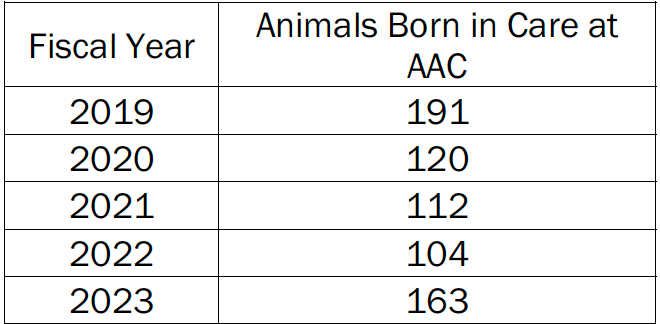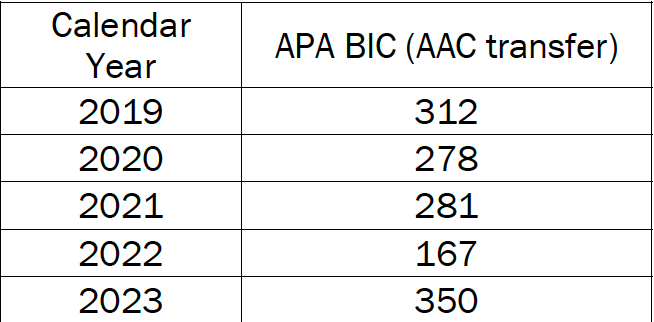The budget has been adopted, but...

The City Council just adopted the FY 2024-25 budget. Rather than try to frantically record the changes that Council made to it today, I'm going to wait until tomorrow to make sure I get it right.
Actually, the cops are asking for a 12% pay raise
The other day I wrote that the Austin Police Association has proposed a contract that will raise officers' base wages by 10% in the first year and 5% in the subsequent four years. In fact, the union is asking for a 12% increase in the first year.
The child care election
Travis County is going for it:
The Travis County Commissioners Court voted Tuesday to place a tax rate increase on the November ballot that could generate $75 million per year to improve child care services throughout the area.
If approved, the money would be used to increase access to child care and after-school and summer programming activities, which have been found to be severely lacking in roughly a dozen child care “deserts” around Austin. Strategies developed by the Children’s Funding Project Work Group and Andy Roddick Foundation forecast the money would create nearly 1,900 new slots for infants and toddlers up to age 3 from low-income households, and nearly 3,900 new after-school and summer programming slots for school-age youth.
The unanimous approval will allow voters to decide on the proposed levy of 2.5 cents per $100 of taxable property value, which would increase the county’s total tax rate to $0.344445 cents per $100.
For context, Project Connect was 8.75¢ per $100 of property value. I'm not in a position at this moment to estimate the impact on the average homeowner. I'm sure that will come out (or has come out).
I expect voters to approve this measure. But I don't know what to expect after the money is approved. If there is one thing that I've come to appreciate in local politics in recent years, it's that what seems like the heavy lift –– passing a referendum, a bond, an ordinance, etc –– is actually the easy part. Making sure the money is spent well or that the measure is implemented competently is much harder.
The cost of Austin's restrictions on animal abortions
As I've discussed before, Austin's "no-kill" policy goes far beyond what the average dog-loving Austinite would expect from a city shelter. The most notable example is the policy that equates pet abortions with euthanasia.
Under the policy, the shelter is prohibited from spaying any "visibly" pregnant animal if there is another organization willing to take responsibility for the animal and resulting litter. Like the rest of the no-kill ordinance, this provision was authored by activists (see below) aligned with Austin Pets Alive!, the fringe advocacy group that has repeatedly convinced city leaders to prioritize its business interests over the city's own besieged shelter. When some members of the Animal Advisory Commission sought to change the policy two years ago, they were denounced by APA!-aligned colleagues in terms that could have been plucked right out of a Jerry Falwell sermon.
At the time, Ryan Clinton, the chair of the commission and author of the no-kill ordinance, reasoned that since APA! is willing to take the pregnant animals and resulting puppies/kittens off AAC's hands, this policy actually reduces overcrowding at the shelter. Just as APA! doesn't acknowledge that the hundreds of animals they bring in from shelters outside of Austin contribute to the overpopulation at the city shelter, nor do they acknowledge that the puppies and kittens they are saving from abortion make it that much harder for the shelter to adopt out the hundreds of pets languishing in crates.
Recently, as part of the budget process, Chito Vela asked city staff to estimate the cost of the city's anti-animal abortion policy.
Staff responded with some stats. This is the number of animals born at the shelter:

And this is the number of animals born at APA! after the mother was transferred from AAC:

Staff added the two numbers together (350 + 163) x the average per-day cost of housing an animal at the shelter ($59) x the average days an animal spends at the shelter and estimated the total annual cost of caring for those animals at $278,893.
Again, most of those unaborted animals are being cared for by APA!, not the city shelter. So the cost is not directly borne by the city. Nor do we know how many days on average those puppies remain in APA!'s care before being adopted.
Estimating a cost of this policy is nearly impossible; the more important point is that it is creating hundreds of puppies and kittens every year, all of whom are contributing to the local overpopulation of domestic animals that has resulted in an immense amount of suffering at the city shelter and a significant cost to city taxpayers.
If somebody forwarded you this email, please consider subscribing to the newsletter by visiting the website.





